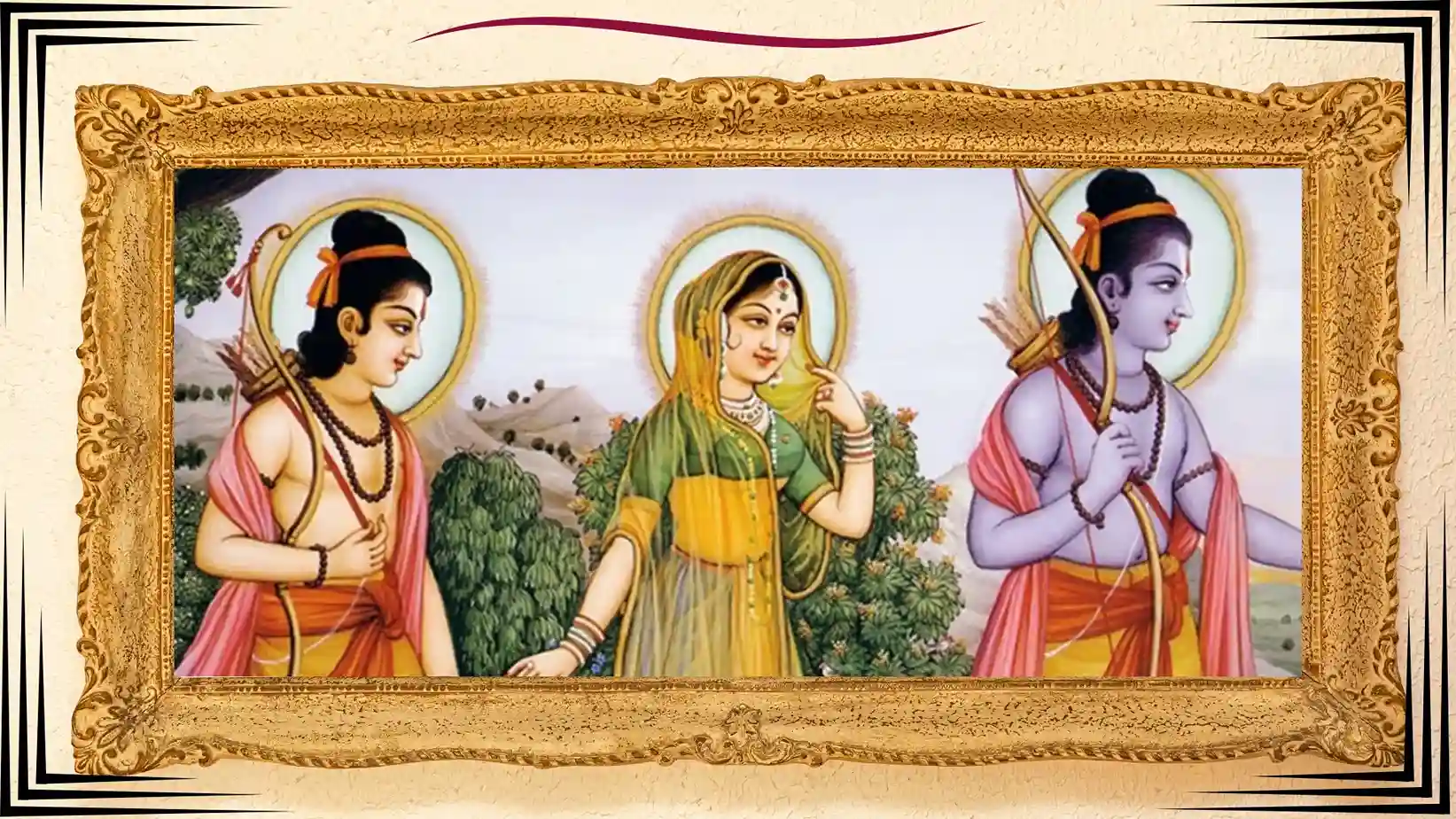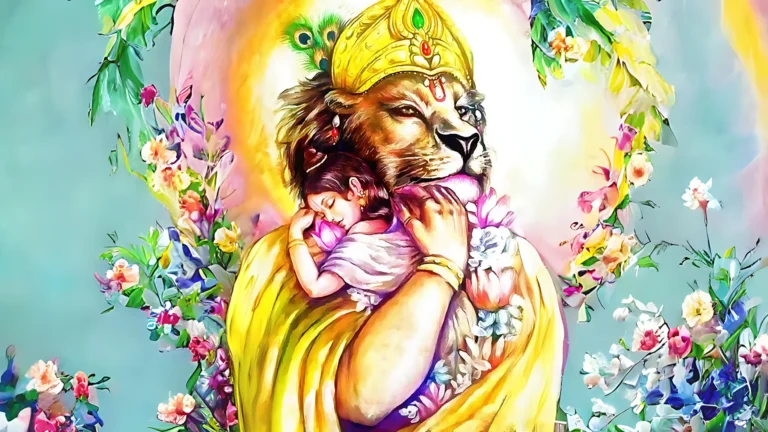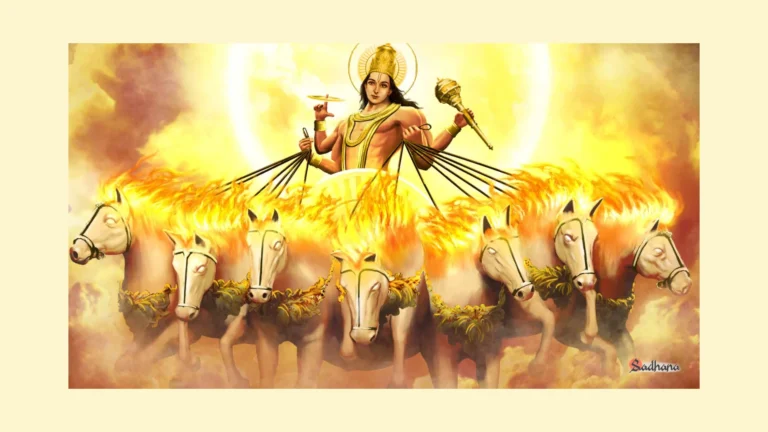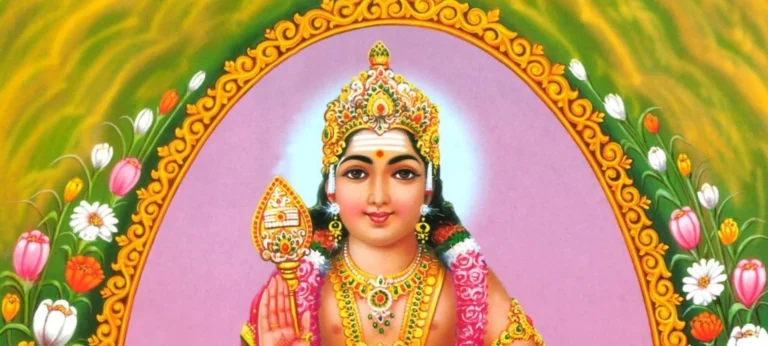Please Like the Blog and Share it for Maximum Reach
Table of Contents
Sri Ram and The Ramayana
The famous Indian epic Ramayana is one of the most revered Vedic scriptures of the Hindu faith. Description of Sri Rama forms the first 32 short verses of the Valmiki Ramayana, the spoken words of sage Narada, the initial of the 24,000 verses of the great scripture. The Ramayana is such that 24,000 verses can be heard for a month, a year, for many years.
A single verse is of so much depth that even one verse can be heard for a day, a year, or for many years. No one can measure the glory of the verses of the Ramayana. The Ramayana is Ithihasa, as it is a well-documented, poetic representation of the life of Sri Rama. It narrates the story of Sri Rama and the History of Raghukul (Clan of King Raghu and prestigious kings like Ikshavaku, Aja, and Dasharatha).
The Versions of Ramayana
Ramayana was originally written by Sage Valmiki, in Bithoor, on the banks of River Tamasa in Uttar Pradesh. Due to his exquisite ability to render the Life of Bhagawan in a poetic form, Sage Valmiki received the title – Adi-Kavi, which means the first poet.
Although Sage Valmiki wrote the original Ramayana in Sanskrit, other sages and scholars represented this scripture in their regional languages. Thus, 300 regional versions of Ramayana, both in India as well as abroad.
The 3 most popular editions of Ramayana are:
1) Ramavataram (Kamba Ramayana written by Kambar)
2) Ramacharitmanasa (written by Tulsidas Goswami ji)
3) The Ranganatha Ramayana, written in Telugu by Gona Budda Reddy
There are 7 Kandas or Cantos that are divided systematically on the basis of major life events of Sri Rama. Sri Rama had 16 Exceptional Qualities, unequalled, unparalled.
This is the conclusion of all the 7 Cantos of the Scripture.
1) Bala Kanda
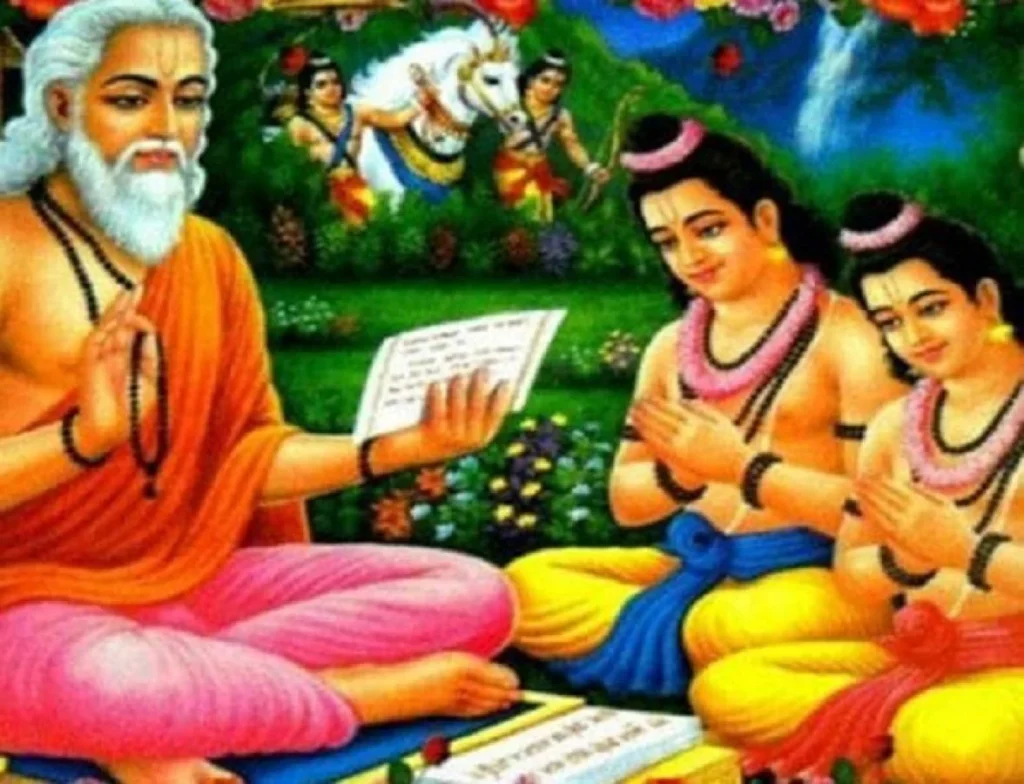
Bala kanda commences with the auspicious birth of the 4 princes of Ayodhya.
It describes in detail the palatial Yajna sacrifice carried out by King Dasharatha and His queens for begetting the scions of the dynasty. They performed the Putra-Kameshti Yajna under the supervision of the Royal priest Sage Vashistha. As a result, Lord Sri Ramachandra took birth in the month of Chaitra (April-May), with all auspicious planetary positions.
Lord Rama was born to the chief-queen Kaushalya, while Lord Bharatha was born to Queen Kailkeyi. The two twin lords, Shatrughna and Lakshmana were born to Queen Sumithra. The Bala Kanda gives the beautiful childhood stories of the 4 brothers great emphasis.
Test your Alignment with the Spiritual Subject Matter (only 7-8 Questions)
The scores generated in this Quiz are relative. There are no right or wrong answers. A percentage towards 100 indicates that you are more aligned to the overall subject matter.
Gurukul Life and Ahilya’s Deliverance
Their Gurukul-Life begins and they are sent to sage Vashistha’s ashram.
They complete their military, arts, science, and commerce, political, and social studies in the gurukul and return back to Ayodhya. After returning, Sage Vishwamitra takes the 2 princes, Rama and Lakshmana along with him to kill demoness Taraka. The deliverance of Devi Ahilya, the wife of Gauthama is also discussed.
Later, Sage Vishwamitra and the two princes head over to the Kingdom of Mithila to attend the Sita Swayamvar. The popular Pushpavatika episode does not find a reference in Valmiki Ramayana.
It is a part of Ramacharitmanasa.
The Swayamvara of the Mother Sita
Sri Rama Breaks the Mighty Shiva Dhanush and King Janaka weds off Sita Devi to Him. The Balakanda covers in detail the auspicious marriage even of all the four princes of Ayodhya with the princesses of Mithila. However, their return to Ayodhya after the marriage ceremony marks the end of Bala Kanda.
2) Ayodhya Kanda
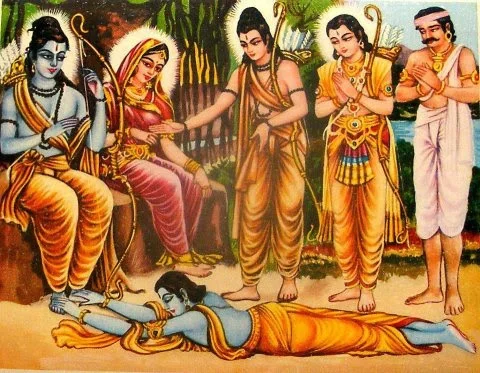
This is the most popular segment of Ramayana and sets the very foundation of the entire epic. Now, Sita and Rama return to Ayodhya and devote the majority of their time serving King Dasharatha and the Queens. All 4 princes serve the subjects of Ayodhya and receive their love in abundance.
Therefore, King Dashratha summoned the assembly of ministers and decided to crown Sri Rama as the new King of Ayodhya. But, the wicked maid-servant brainwashed the queen by injecting insecurity in her and asked her two exercise her 2 boons.
Thus, she asked for Lord Bharatha’s coronation as the King of Ayodhya as her first boon, while 14 years of exile for Sri Rama.
Bharatha Revolts
Lord Bharatha along with Shatrughna was oblivious of this scheming as they were in their maternal home, the kingdom of Kaikeya. On returning, Bharatha revolts and immediately walked towards the forest to receive Lord Rama out of his immense love for the Lord.
In the forest, Sri Bharath meets Lord Rama, Sita, and Laxmana.
Bharatha – like a renunciant in Ayodhya
The Lord does not accept Sri Bharath’s request to return to Ayodhya. Hence Sri Bharath returns to Ayodhya with the Paduka (wooden slippers) of Lord Rama.
He accepts the dress of renunciation and leaves for the nearby location of Nandigram. After installing the Lord’s Paduka on the throne, he vows to rule Ayodhya Puri on behalf of Lord Rama for 14 years. He leads the life of a man who has renounced all pleasures for the Love of the Lord and performs his duty only for the pleasure of the Lord.
3) Aranya Kand
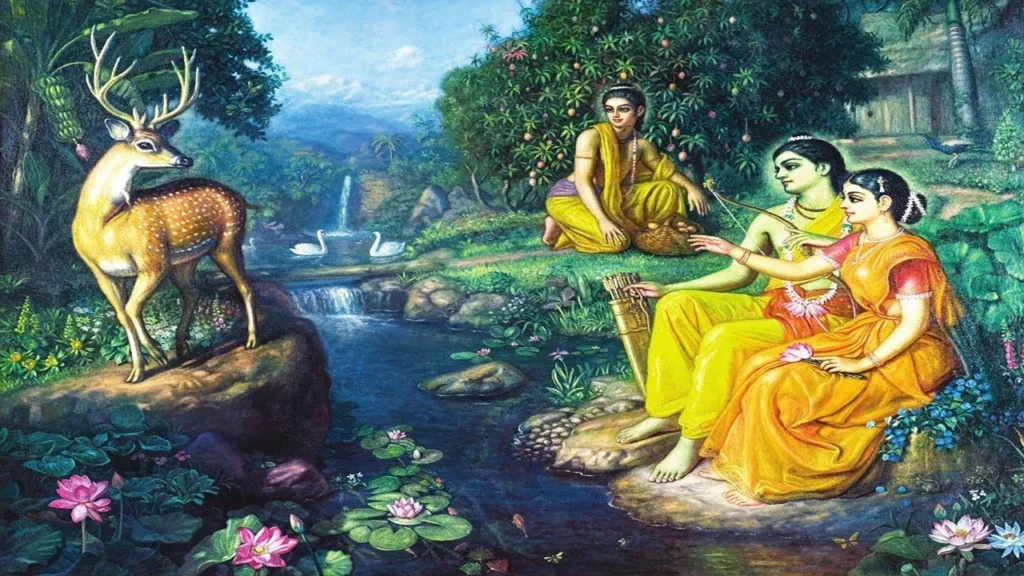
This is the point of turn of events in the Lord of Sri Rama. This Kanda forms the foundation for the fulfillment of the Lord’s Nara Leela (Human-like pastimes).
Shoorpanakha is Punished
One must remember that one of the most important reasons for the Lord’s incarnation was the destruction of Ravana. Here Shoorpanakha meets the Lord and Laxmana and falls for their beauty. Following the cutting of her nose by Sri Laxmana, the Kanda covers the event of abduction of Srimati Seeta Devi by Ravana in great detail.
4) Kishkindha Kand
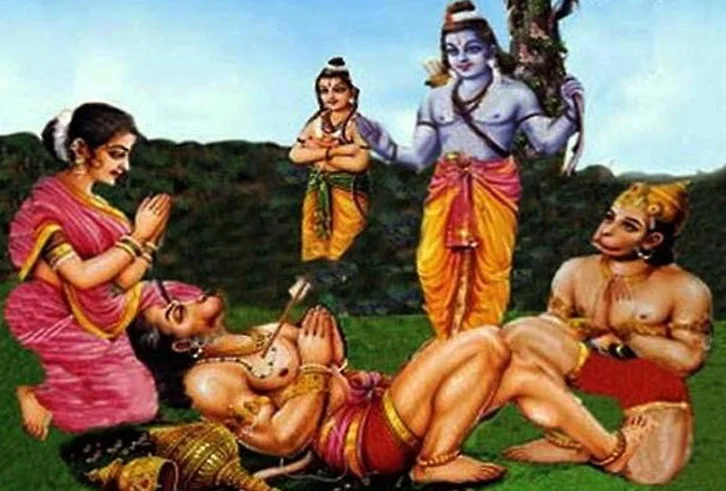
The Lord and Laxmana are on the lookout for Sita Devi. Now, there is also the story of the Lord meeting His greatest devotee, Sri Hanumanji Maharaj, for the first time. The Kanda then goes on to describe the Lord’s meeting with Sugreeva, the monkey-king in exile.
The Lord slays Vali (brother of Sugreeva), and coronates Sugreeva as the King of Kishkindha. It is in this Kanda, that there is a search party of monkeys that go in search of Mother Seeta.
5) Sundara Kand
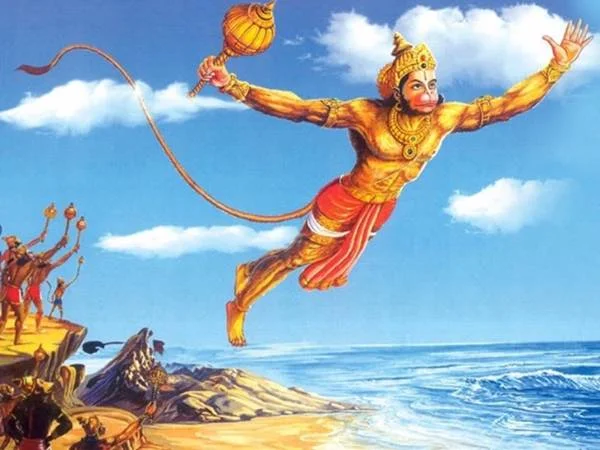
One can consider this Kanda as the most auspicious compared to all other sections. Hence, it got its name. “Sundar”, means beautiful, auspicious.
This is because it describes the strength and beautiful pastimes of Sri Hanumanji Maharaj, in the quest to find Mother Sita. There is a description of how Hanumanji Maharaj flew over the ocean and entered Lanka, is given here. So, this Kanda describes Hanumanji’s subsequent meeting with the Mother, the slaying of demons in the Ashoka Vatika, his meeting with the demon king Ravana, etc, in great detail.
One can consider this Kanda as the spiritual purport of a living entity’s life on the material planet. Hence it is a very auspicious practice to just read the Sundarakand as often as possible.
6) Yuddha Kanda (Lanka Kand)
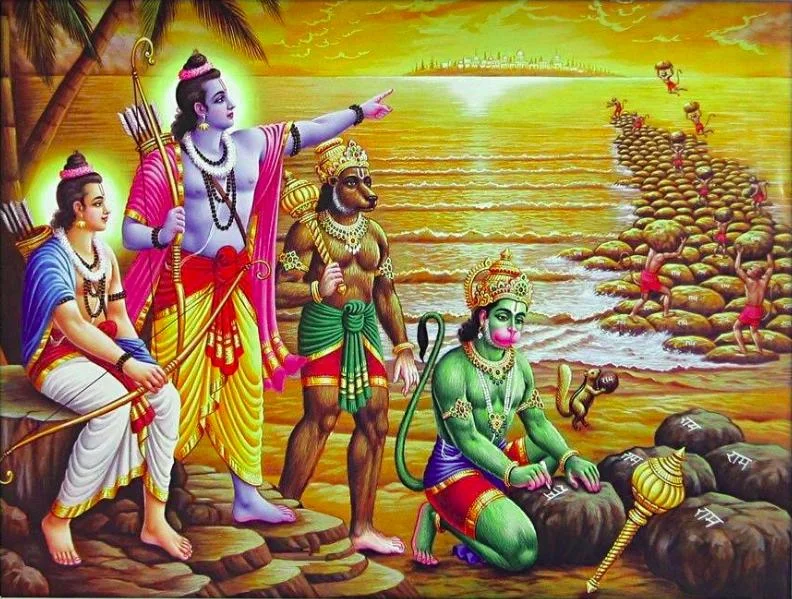
This Section of the Ramayana describes the war between the Lord and Ravana.
Also, the monkeys fight the Rakshasa Army in this Kanda. There is a detailed description of the killing of Meghanada, Kumbhakarana, and Ravana. After devastating the demon race, Vibheeshana is installed as the new king of Lanka.
Sri Rama, the monkeys (Vanaras) including Sugreeva, Sri Hanumanji Maharaj, Angada along with the new king of Lanka Vibheeshana ascend the Pushpaka Vimana (celestial airplane).
They travel to Ayodhya. Meanwhile, People of Ayodhya light lamps to receive the Lord with joy and gaiety. The whole city of Ayodhya celebrates this event of the return of Sri Rama to Ayodhya Puri after 14 long years.
Therefore, Bharatha Varsha celebrates this event even today, as the festival of lights, Deepawali.
7) Uttara Kanda
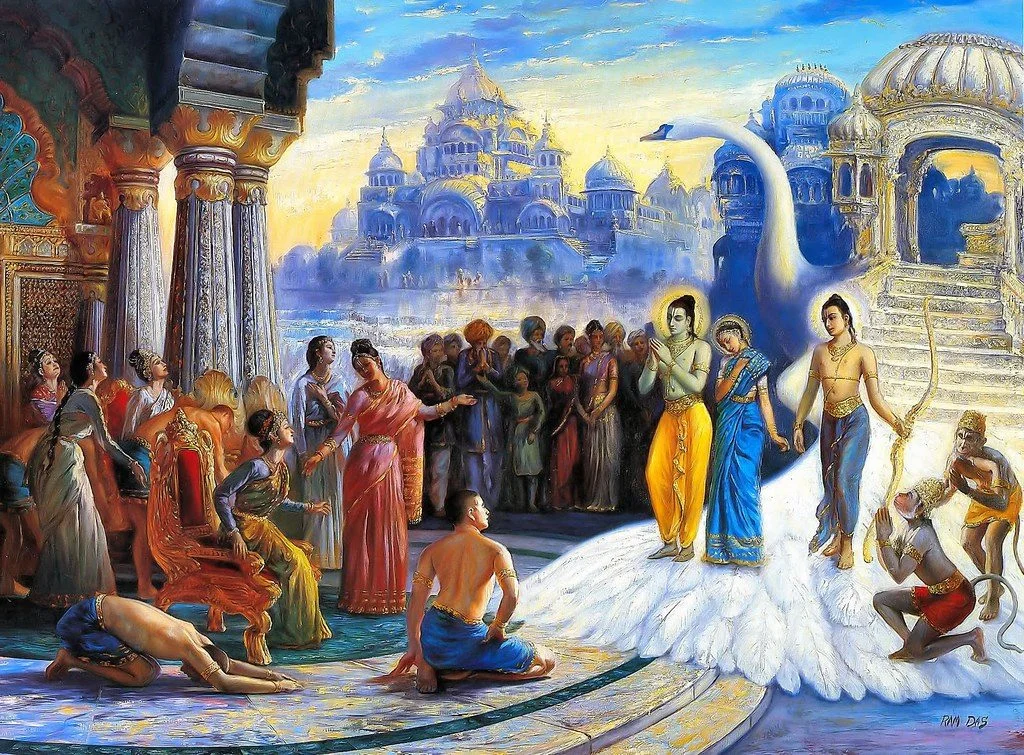
Here the whole victorious party of Sri Rama arrives at Ayodhya Puri. Sri Rama meets every member of the family as well as the entire population of Ayodhya Puri personally. Later on, Sage Vasishtha coronates Sri Rama as the king of Ayodhya Puri.
Please Like the Blog and Share it for Maximum Reach

